Among goat owners, there’s a well-known saying: “A fence that won’t hold water won’t hold a goat.” And though that hyperbole may seem extreme … it’s certainly proven true by the generations of goat-escapees that have tested the patience of their fence-builders.
I think it’s also safe to say there is no one perfect solution for comfortably containing goats. It depends on your land, the breeds you keep, the weather of your area, and the resources and philosophy of your homestead. But there are many, many options.
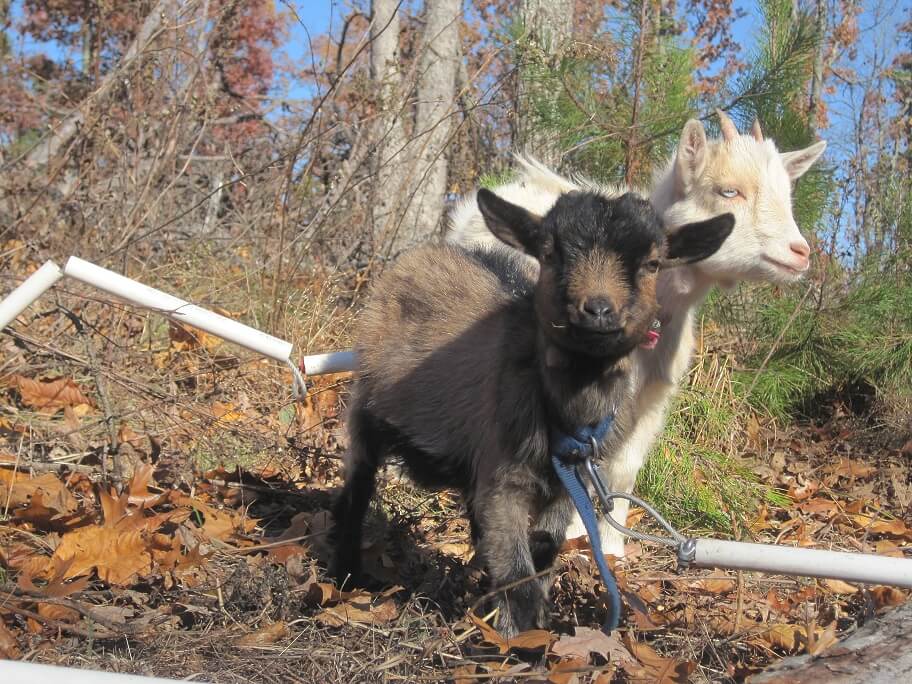
Whether you decide to break the bank with an entire pasture of chain-link fence, choose electric wire to (hopefully) keep your herd in place, go for old-fashioned wooden fences and their associated upkeep, or create some sort of hybrid system, you will find upsides and downsides to every decision.
Related Post: Raising Goats
There will always be that too-smart doe who will find a way to outsmart the fence, but when you find yourself chasing her down, you can at least know that you are not alone. Goats certainly add a bit of clever spice to daily homestead life, and in the end, as long as you and your goats are safe, happy, and healthy, what more could you ask for?
Goat Fencing Basic Considerations
There are many considerations to keep in mind when choosing and constructing your goat fencing, but there are some universal bases to cover, no matter what material and method you use.
Fencing Area
A goat can manage on 250 square feet of outdoor space per animal. Since you shouldn’t have one lonely goat, you need to plan to have (at the bare minimum) 500 square feet fenced outside.
Other sources say that you can keep up to 12 goats per acre. The more space available, the happier your goats will be, but the more they’ll have to forage, the more you’ll have to fence.
Fence Height
Many sources recommend making fencing at least 4 feet high. Goats can and will jump over any fence that’s shorter. For more active breeds like miniatures and tall Nubians, increase the height to 5 feet.
Just because the fence needs to be tall, however, doesn’t mean you can leave gaps along the bottom. Goats can flatten themselves in unexpected contortions and can crawl under fences even more readily than they jump them.
Head Gaps
Goats love shoving their curious faces between things. It’s adorable! But if they are horned, this can often be a deadly mistake. Be sure that any gaps, whether they are formed by the spaces between posts, cross-braces, or the squares of a wire panel, are no larger than 4-by-4 inches.
Even then, and especially when you have small, active kids, keep a daily watch on your goats and fenceline. If a goat gets stuck, the clock is ticking to get it free before a coyote takes advantage of the prone meal.
Obstacles
Providing toys, raised platforms, construction spools, and logs for your fun-loving caprines is a wonderful idea, and watching these sure-footed creatures prance, leap, and balance is a joy every goat keeper should experience.
Related Post: Raising Nigerian Dwarf Goats
However, be sure that any raised surface is at least 5 or so feet away from the fence. This includes low-hanging tree branches so that they can’t make a running leap and clear the fence.
Fence Attachments
Attach the wire panels to the inner surface of the fence post — not the outer surface. This way, when goats inevitably push against it, they will be pushing the hardware into the post, and not slowly but surely out of it. In the same way, hinge gates so they open toward the goat yard, not swinging outward into freedom.
That way, even if goats somehow release the latch (it’s strongly recommended to get a two-action latch to avoid this), they’ll be pushing the gate closed as they lean against it, rather than pushing it open.
Walk Your Fenceline
Make it a habit to walk the fenceline of your property often to inspect its soundness, and check for potential problems like sagging, chewing, or gaps formed from goats pushing against weak points. Sometimes, the best way to stop a tragedy is to prevent it from happening in the first place.
Goat Fencing Options
For every option, I will list the basic information, the pros, and the cons. I have organized the options in order of cost from cheapest to most expensive, but it really is difficult to give hard numbers.
Material cost ranges from store to store, installation cost may be a huge factor if you don’t do it yourself, and the amount of area to fence will obviously multiply the cost exponentially. If you feel overwhelmed by all the options and don’t know how to estimate the cost, consider this helpful chart here. Even though these are 2011 prices, it gives you an idea of the factors to consider.
Wooden Fence
Wooden fences look appropriately rustic and can be made from materials you have on site at the homestead. Be prepared to work hard, though. Driving posts is not a job for the faint-hearted, and maintenance will be constant. Also, you’ll need to use a lot of material.
Related Post: Goat Shelter Basics: What You Need to Know to Keep Your Herd Safe
Particularly in a buck’s area, consider constructing the fence stockade-style, not picket style. Goat hooves or knees can be trapped when they stand on their hind legs to look over the fence. Want a trendy, recycled means of fencing? This homestead made a goat yard from pallets!
Pros And Cons Of A Wooden Fence
Pros: Unlike electrified fences, you never need doubt your wooden fence is working. If it’s standing, it’s “on” and materials are relatively easy to replace.
Cons: If you live in an area with lots of snowpack in the winter, you need to make sure your fence is high enough to still be a protection when a few feet of snow have lowered it. Goats can also chew on wood, and weaken posts easily. Weathering, rotting, and termites can also wear away the strength of a fence, and goats are excellent at exploiting any weak area they can find.
Wooden Fence Cost
Wooden fences are potentially low-cost if you mill the timber yourself, or if you already have an existing fence. Getting a service to pound posts into the ground for you will increase the price quite a bit.
Electric Fence
About as “instant” as a fence can get, electrified fencing hedges in animals using a psychological rather than a physical barrier. Unlike many types of livestock, however, you’ll need to put the fence’s charge higher than you may expect –somewhere from 4,500 to 9,000 volts at all times.
Goats are pretty smart. If they know there’s a time when the fence is off, they may figure out how to use it to their advantage. And even if you have a fence at lightning-bolt strength, you may find that it’s not a strong enough deterrent to a determined, stubborn animal. As a remedy, many goat dairy operations use high-tensile wire in combination with electric fencing to keep their goats safe.
Pros And Cons Of An Electric Fence
Pros: Easy setup, affordable, and easy to move if you want to try a rotational grazing method or brush control in different areas.
Cons: There’s a lot that can short out an electric fence. Regular weed maintenance is a must to keep tall grass from rendering it useless. Additionally, electric fences require training. Goats need to learn to respect the fence in order for it to rein them in mentally. Check out this article for some really helpful tips on training.
Electric Fence Cost
Electric fencing is a cheaper option for people who want to try a rotational grazing system but haven’t been able to put a wooden perimeter fence in place. It requires a lot of maintenance to keep it running, so that time invested in fence-clearing is another “cost” to add to the monetary cost.
Woven Goat Wire and Field Fence
Woven wire is a great option for permanent fencing solutions, but be sure to get the goat-specific version with 4-by-4 holes, rather than the typical 6-by-6, 6-by-9, and 6-by-12 weaves used for larger livestock. It will be more expensive — there’s a lot more wire used in the denser weave of goat wire — but it will save you from dealing with the hassle of horned goats getting their heads stuck.
Related Post: What Do Goats Eat?
Field fence is a close cousin to woven wire, and may work with your goats with some caveats. Field fence is really designed for horses and is often constructed of a finer gauge wire. While that makes it cheaper, it also makes it more liable to stretch and be bent out of a safe shape.
Remember, goats are climbers, and they can balance on surprisingly small surfaces. Field fence usually has a much wider weave. It’s a goat head trap waiting to happen.
Note: Install this fence nice and tight. I would recommend having the wire attached to strong posts cemented in the ground. Check out this video of a clever goat defeating a mobile fence with little effort.
If you have inherited a property with a decent field fence and want to keep goats, you may need to install some adaptations to make it as safe as possible. Consider adding electric wire or reinforcing it with some sort of additional layers.
Pros And Cons Of A Woven Goat Wire And Field Fence
Pros: Dependable, strong, and one of the more often-recommended methods for fencing goats.
Cons: The standard size of 4 feet tall may be too short for some breeds. This can be amended by stringing a line of electric wire above the top of the fence or using it in combination with a higher, wooden frame.
Woven Goat Wire And Field Fence Cost
The cost of woven goat wire is the middle of the road — not the priciest, not the cheapest. You can install it yourself, or have it professionally installed. Websites like these will give you a quote to help you make a decision.
Cattle Panels/Stock Panels/Goat Panels
These solid, metal panels are a great option for creating a strong barrier. Even if they are too expensive to use as fencing, consider them for making quick work of sectioning your barn for different uses — especially during kidding season!
Pros And Cons Of Cattle Panels/Stock Panels/Goat Panels
Pros: About as solid and bend-proof as you can get. These 16-foot sections of panel will make a fantastic perimeter that won’t rot and won’t warp out of shape.
Cons: Expensive! Also, kids will escape from these “as is.” Prevent runaway babies by installing an extra line of something like chicken wire or hardware along the bottom portion of each panel.
Cattle Panels/Stock Panels/Goat Panels Cost
Cattle panels are strong but expensive. A 16-foot feedlot panel will run somewhere around $20 apiece, and this price does not include any of the wooden posts that would be used to install it. The problem is, panels have spaces that are designed for cows, not slippery goats. They’ll require some augmentation to work. Specifically-designed goat panels will run you upwards of $60 apiece.
Chain Link Fence
Though chain link fence may be among the most goat-proof of fencing materials, it is probably the most expensive option — so expensive that many resources won’t even list it.
If you have a very small herd, however, and the luxury of being able to afford it, chain link is worth considering for long-term, permanent goat housing. Even if you can’t afford it for the whole herd, it may be a viable option for containing your bucks.
Pros And Cons Of Chain Link Fences
Pros: Solid, sturdy, long lasting, and good for keeping out predators.
Cons: Stinking expensive.
Chain Link Fence Costs
This website estimates 200 feet of fencing (with installation) will run you somewhere around $3,000.
Special Notes About Bucks in Rut
I’ve not yet had to deal with this directly, but I have visited several farms with breeding bucks and heard plenty of stories about their hormone-induced antics.
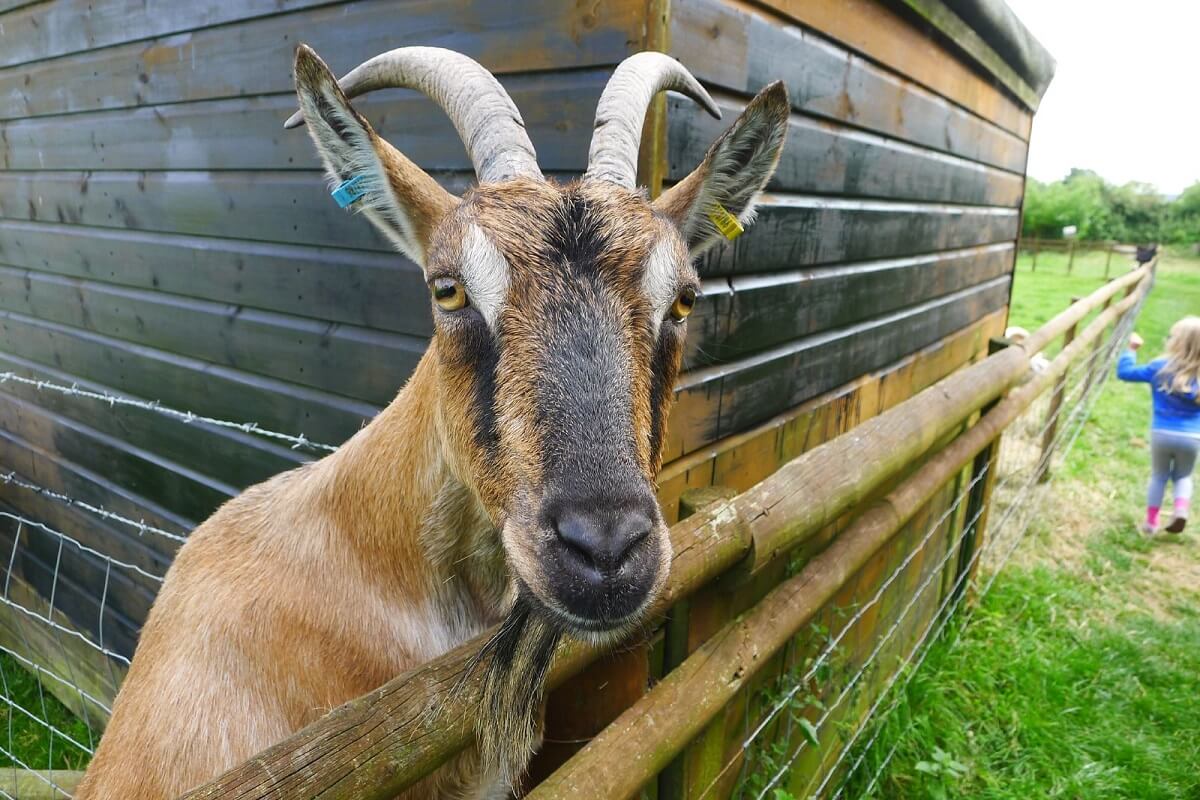
For long-term planning, a buck and a wether may be best for small homesteads, because bucks are still herd animals and don’t want to be alone. If you decide to keep bucks on your farm, you need to have an extra sturdy plan for him once he turns into a raging breeding machine.
Related Post: My Goat Is Pregnant, Now What?
Don’t place your buck’s area right next to the does. If they share a fence, he will get over it somehow (or even impregnate the does through the fence). If you can splurge on fencing, do it for the bucks first!
My final advice for those beginning to build their goat infrastructure comes from Julia Shewchuk of Serenity Acres Farm:
“Buy the best fence and materials you can afford one pasture at a time.”
Don’t scrimp on your goat fencing and build a cheap version of what you really need. Your goats will test it, and you’ll likely find yourself spending even more money fixing the lame fence than you would have spent to build it out of stronger materials.
Escapee goats are a danger to themselves, a threat to your gardens and orchard, an annoyance to neighbors, and a potential hazard if you live near a busy road. So do them and yourselves a favor. Do your research and try to get it right the first time, even if it means keeping fewer goats at the outset.


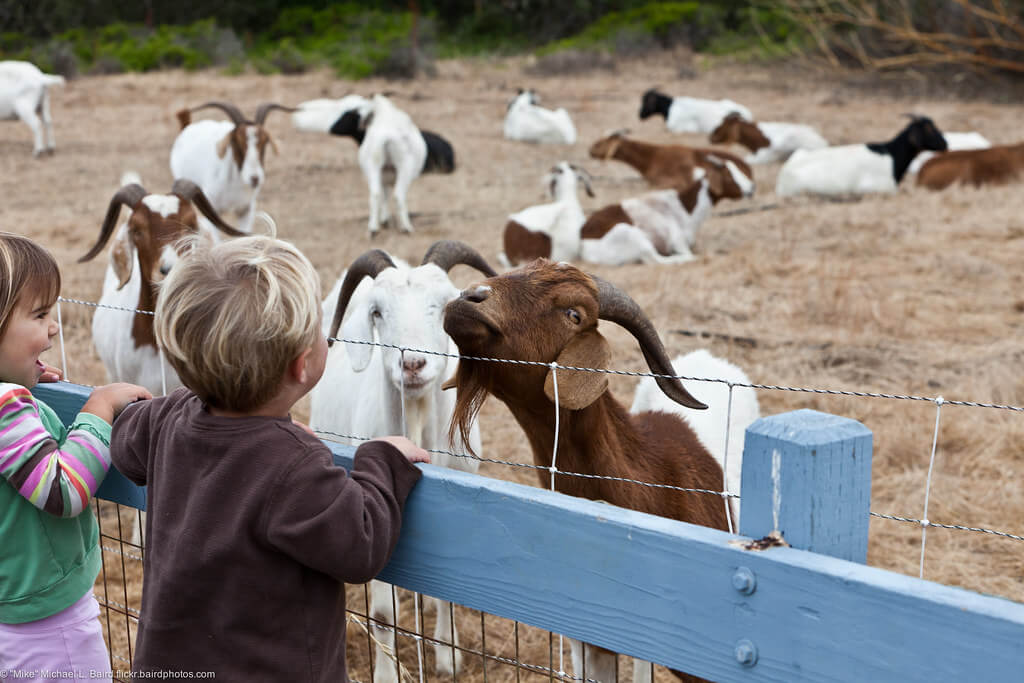
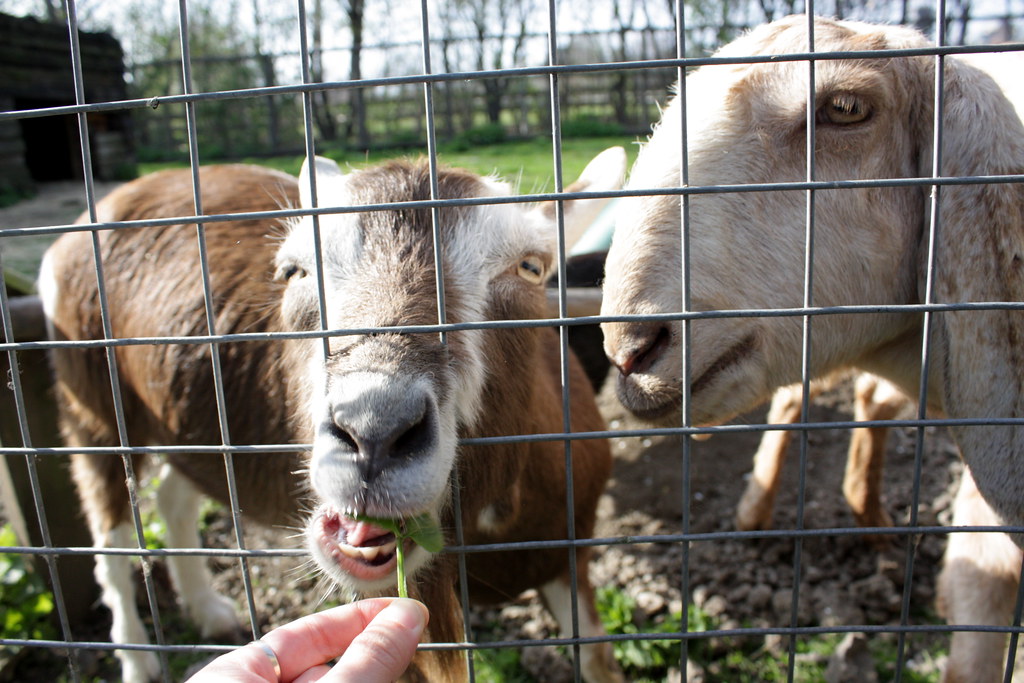
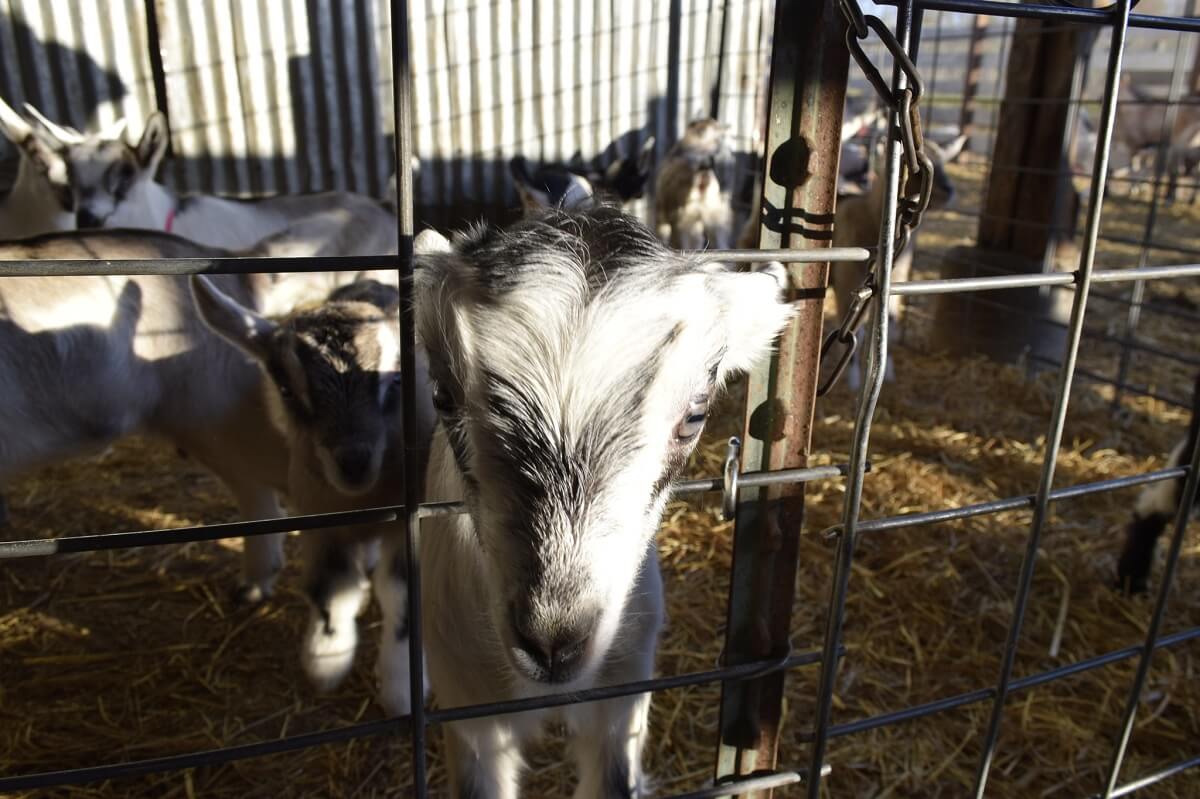
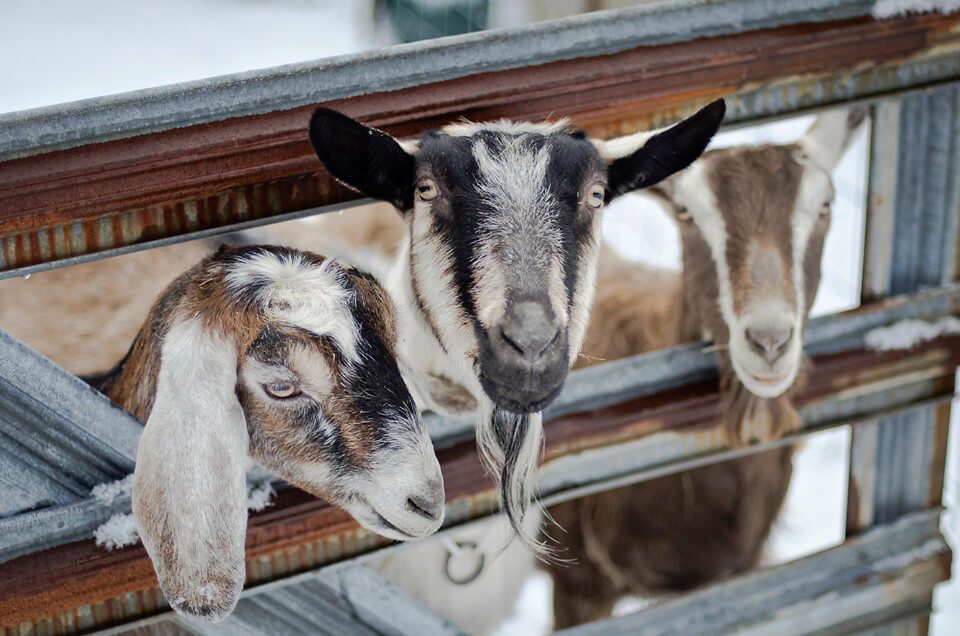
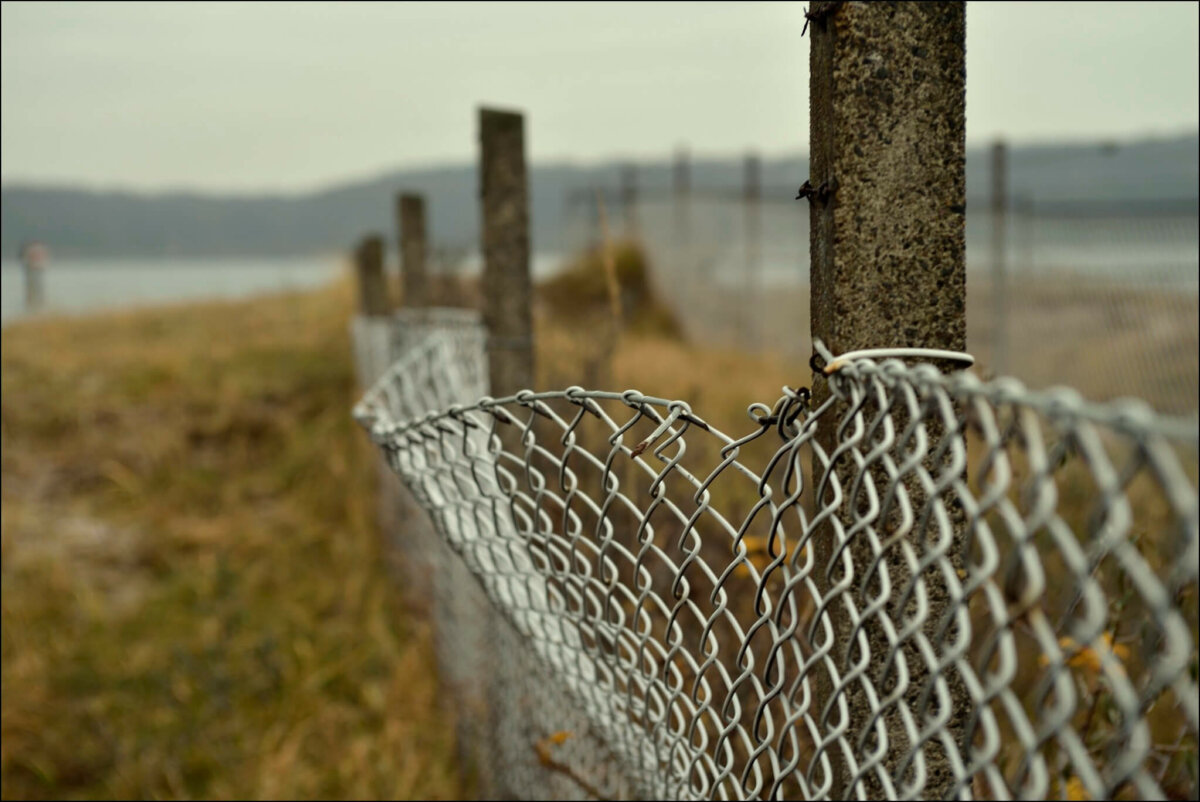

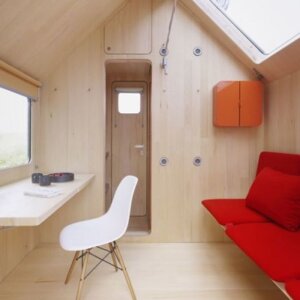


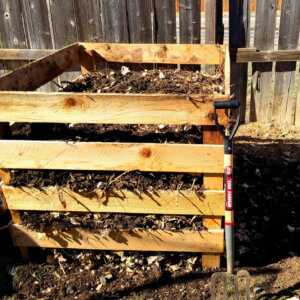
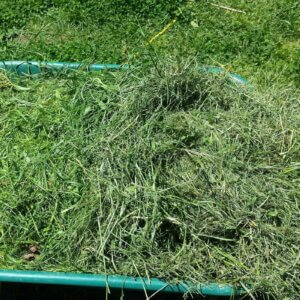
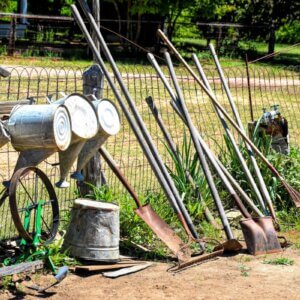

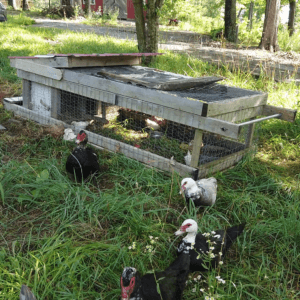

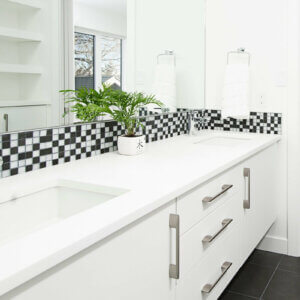







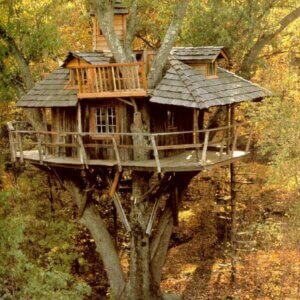
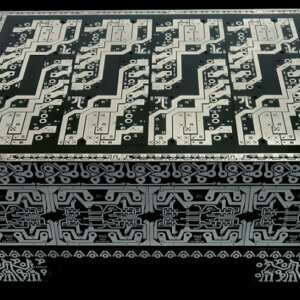







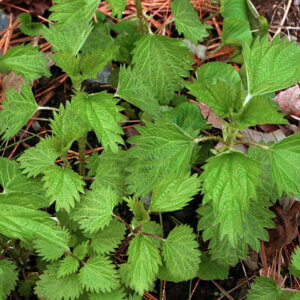

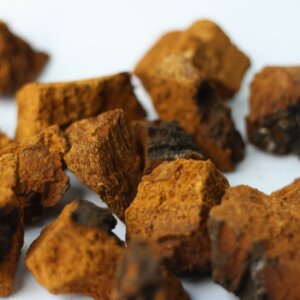










Hi Wren, Great article. Nice fences and gate. I also love the cute goats!!
Thanks, Nigel! I hope it can be a good resource for you–goat fencing is certainly a psychological, as much as physical challenge, haha. And thanks–we just got our new fence done last week…just need to finish the new loading dock, and soon we’ll have some new arrivals to the homestead!
Thanks Wren.
That’s the best article I’ve read on the matter. I particularly liked the escaping goat video with my coffee this morning. 🙂
Thanks for your nice comment, Jason. Hope your goat containment efforts are successful!
My goat keeps escaping and I cannot figure out where, any ideas other than 24 survielance ? Will powder on the outside of the fence work?
That sounds frustrating, Christine! Have you found a weak point in your fence anywhere? Sometimes they leave bits of hair attached to places where they’ve wiggled and scraped through. Does it happen at a certain time of day? Maybe you could stake out your barn around that time and catch the goat in the act. Do you have a two-action latch on your doors? Goats can figure out simple latches pretty well. I’m not sure how to help you without more specific information, but even then, I don’t know your little caprine escapee as well as you do.
I’ve found that chain link fence, run at a height of about 6 feet with hefty wooden posts every 10 feet or so, is a powerful deterrent for even the most determined animal. We use this setup (except even higher!) when building deer proof fence around our customers properties. We had a groundhog problem as well on a certain property which required us to bury the bottom of the fence a full 18″. Obviously, this shouldn’t be such of a problem with goats. Good article!
Fencing options for USA are odd. The common aussie fence for this would be sheep or goat netting topped with an electric wire. If your goats escape then their yard is insufficient to meet their needs. (You attempt escape from prisons not paradise)
We had a breeding buck run through two sturdy pen fences when we were trying to hold him off of the ladies in the fall. We fixed it only to have him run through again in a couple of hours. We ended up with 4X6 posts in cement, double boarded cross members, and cattle panel in between. He hasn’t broke through yet!
I’m putting up fixed knot high tensile wire with a strand of hot wire on top and a strand of hot wire on the side. What height should I put the side hot wire for Nigerian Dwarf goats? I want to keep them from rubbing and putting their feet up on fence.
Thank you
Hey! Great Post! Thank you for sharing the different type of fences for goats. I’ll definitely share this with my clients if ever I have a paint job for a fence
– Steve (Painting Professional)
Woven wire is a great option for permanent fencing solutions, but be sure to get the goat-specific version with 4-by-4 holes, rather than the typical 6-by-6, 6-by-9, and 6-by-12 weaves used for larger livestock. It will be more expensive — there’s a lot more wire used in the denser weave of goat wire — but it will save you from dealing with the hassle of horned goats getting their heads stuck.
wondering if you have a name brand or a recommendation of a 5ft fence with a 3×3 gap?